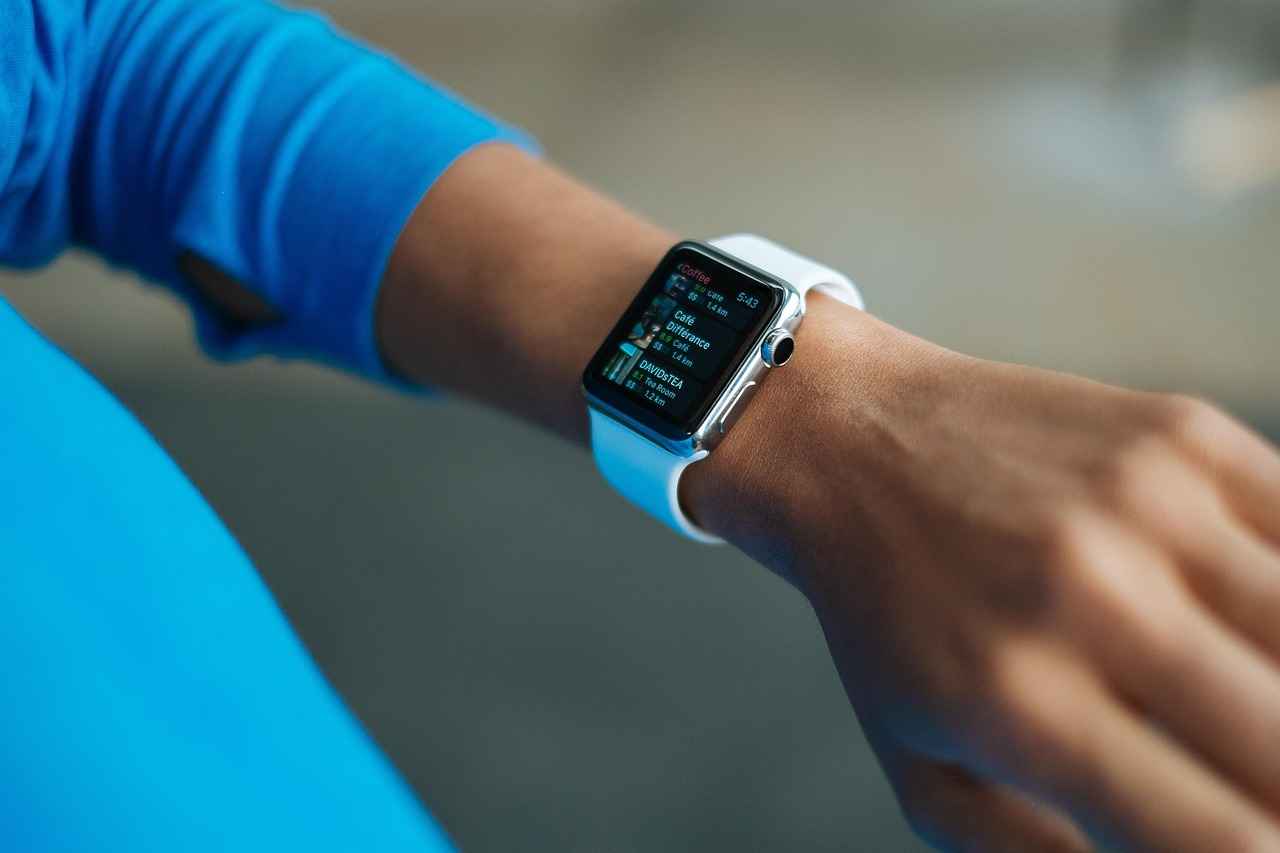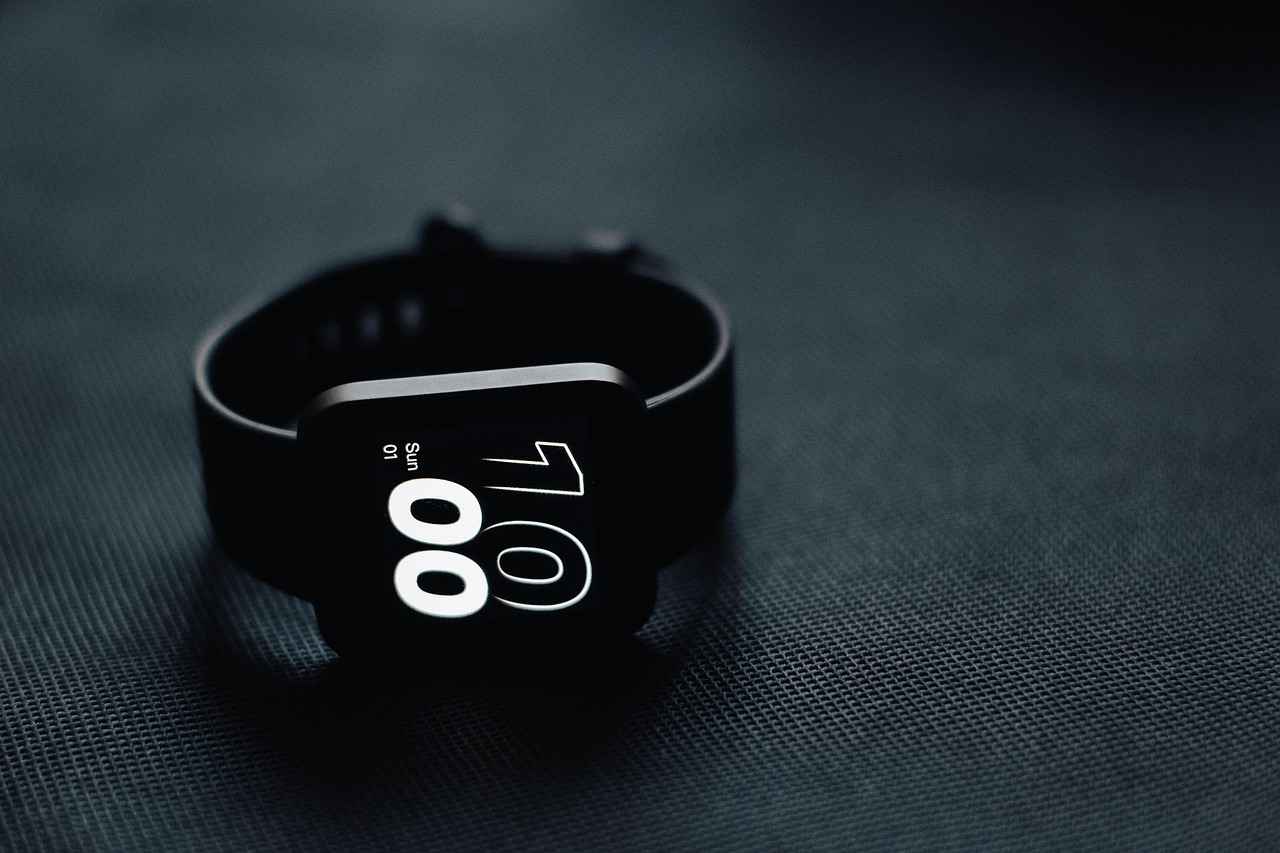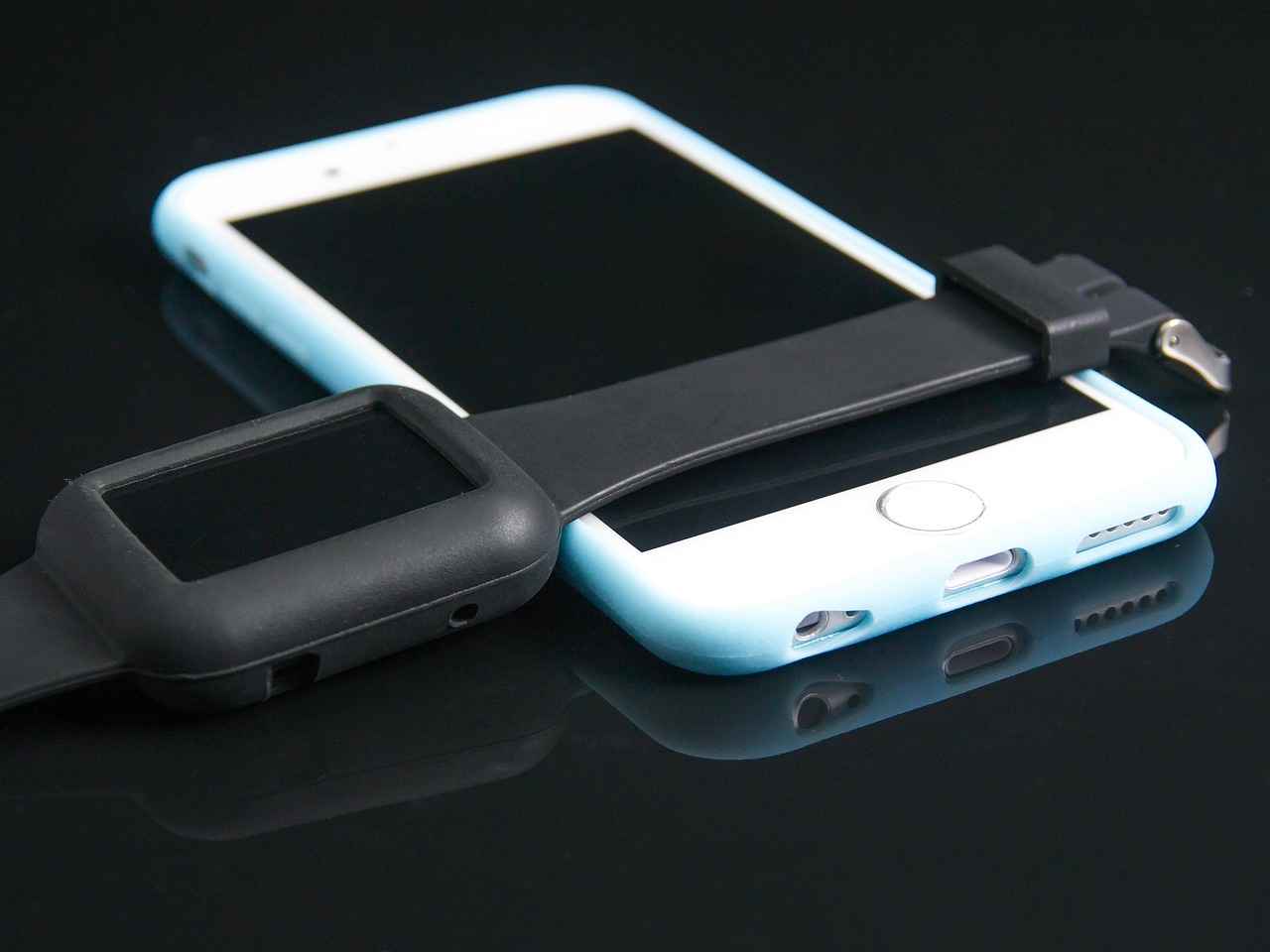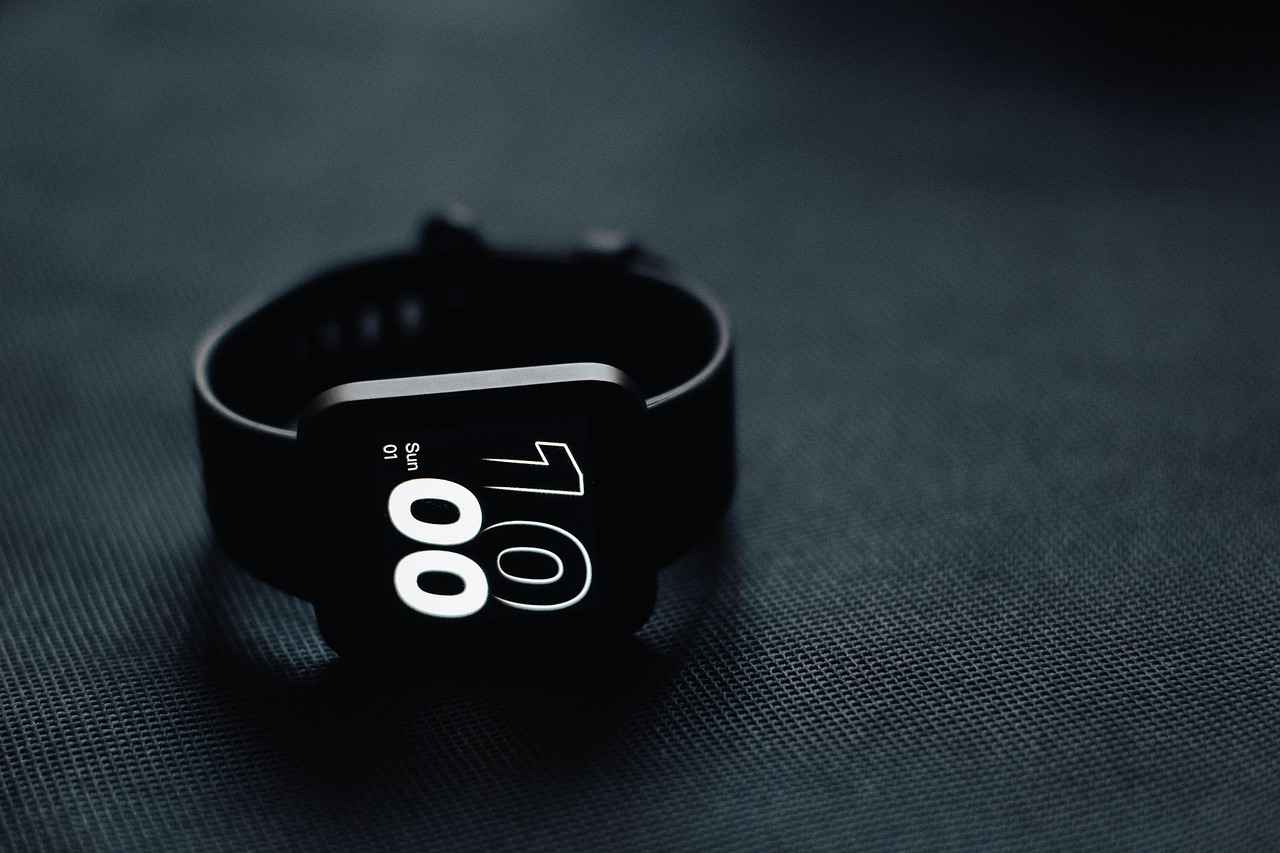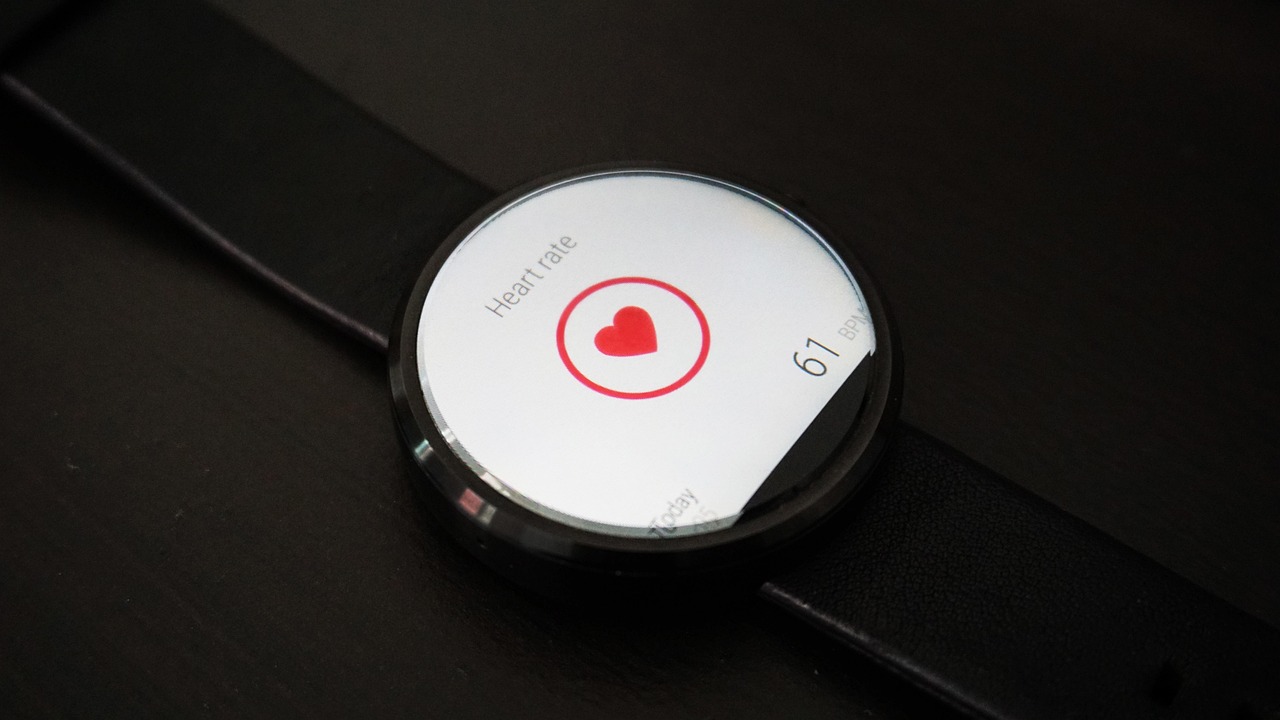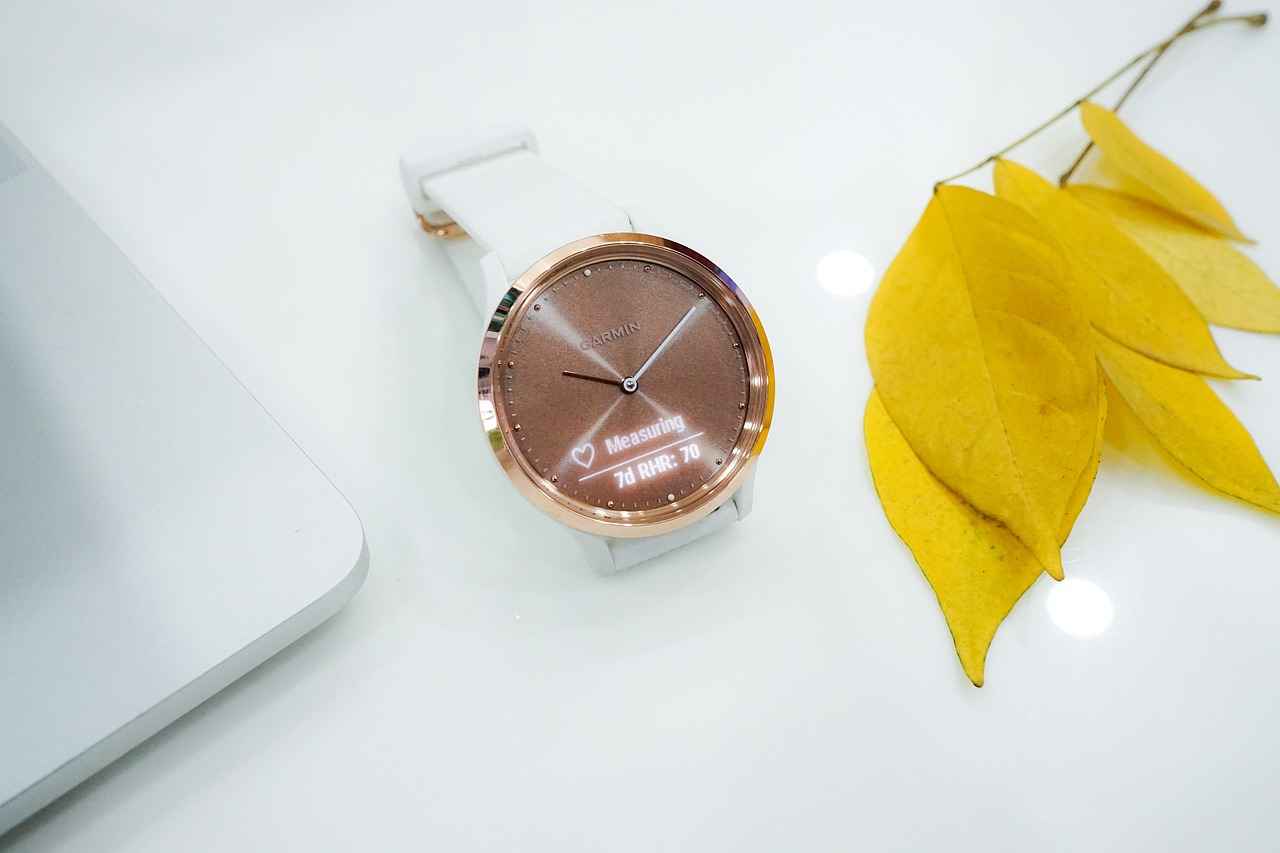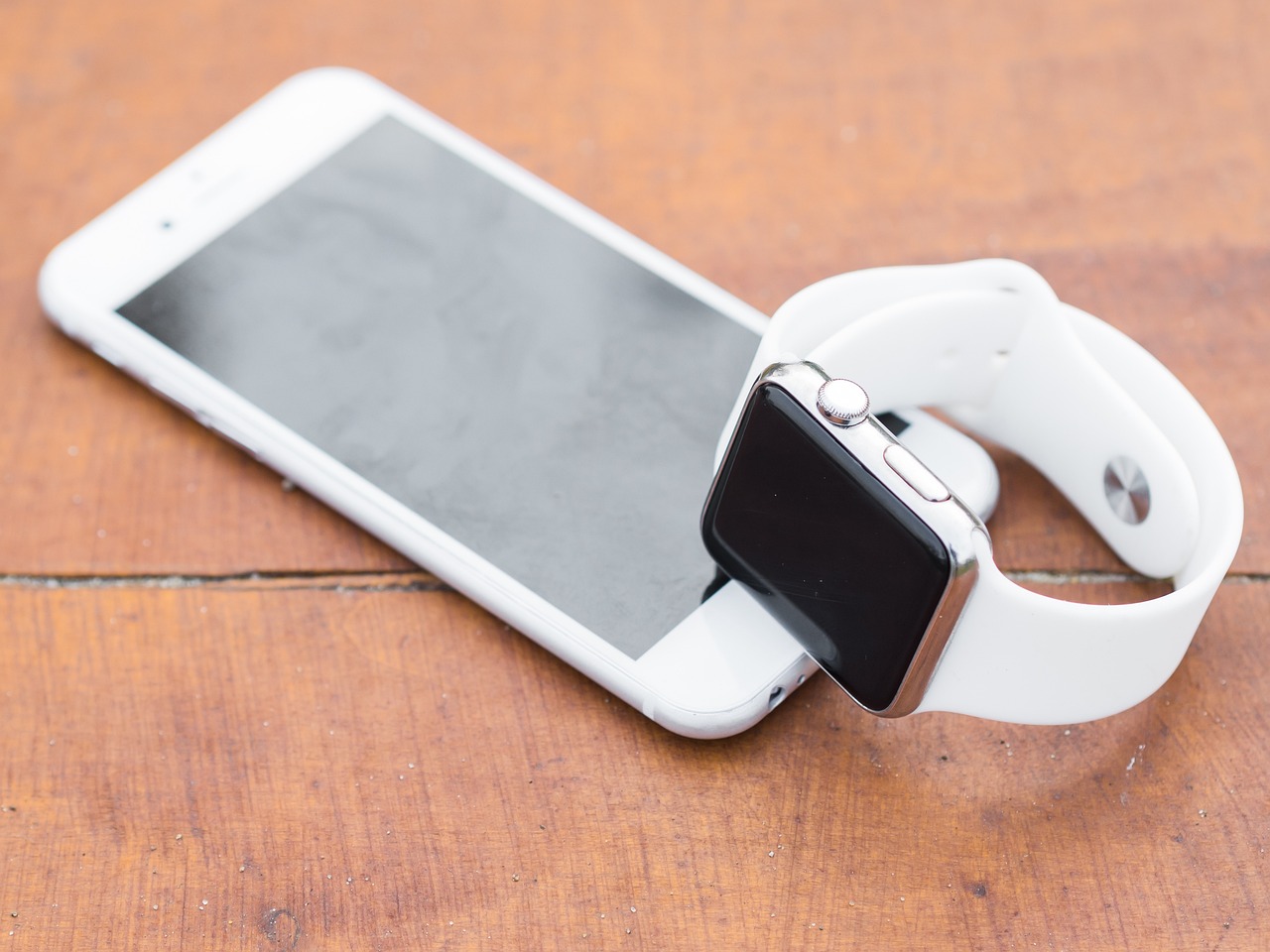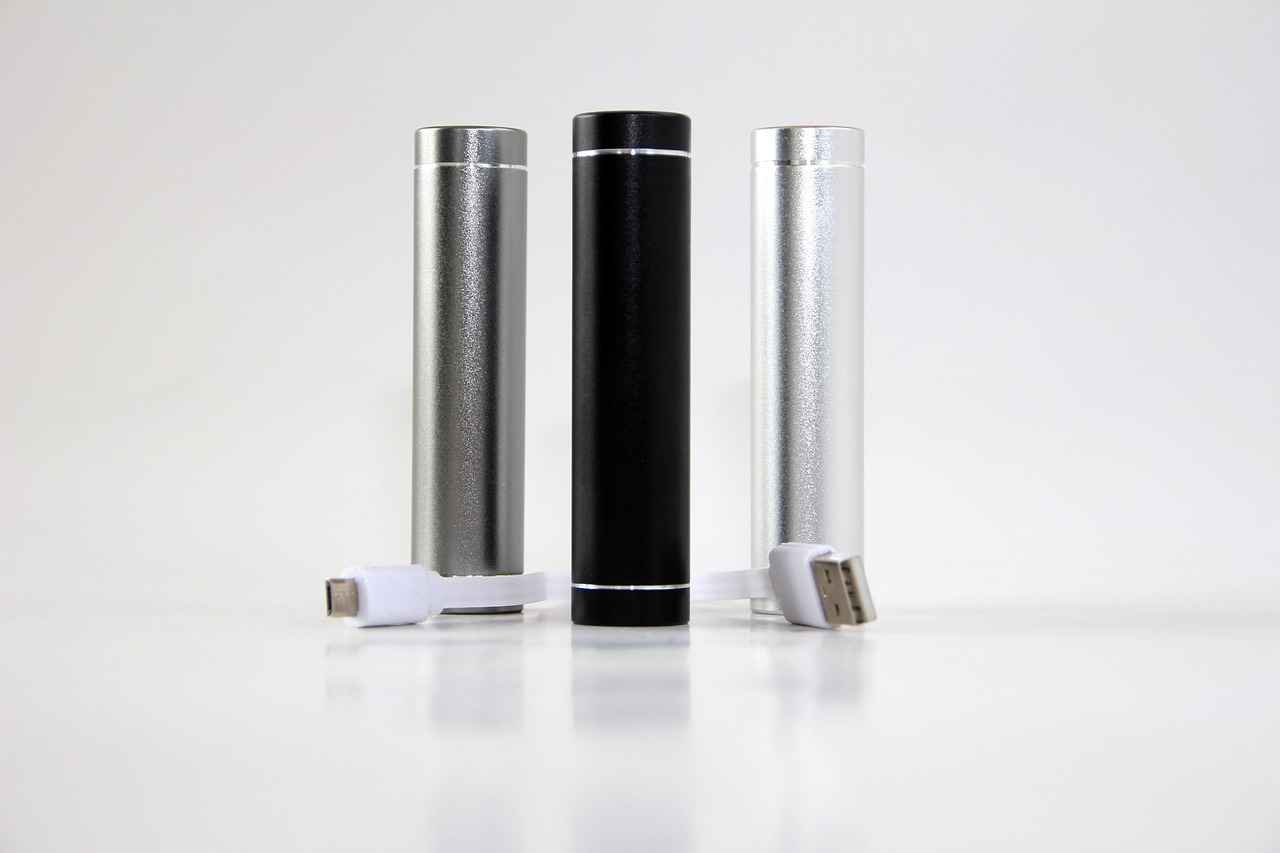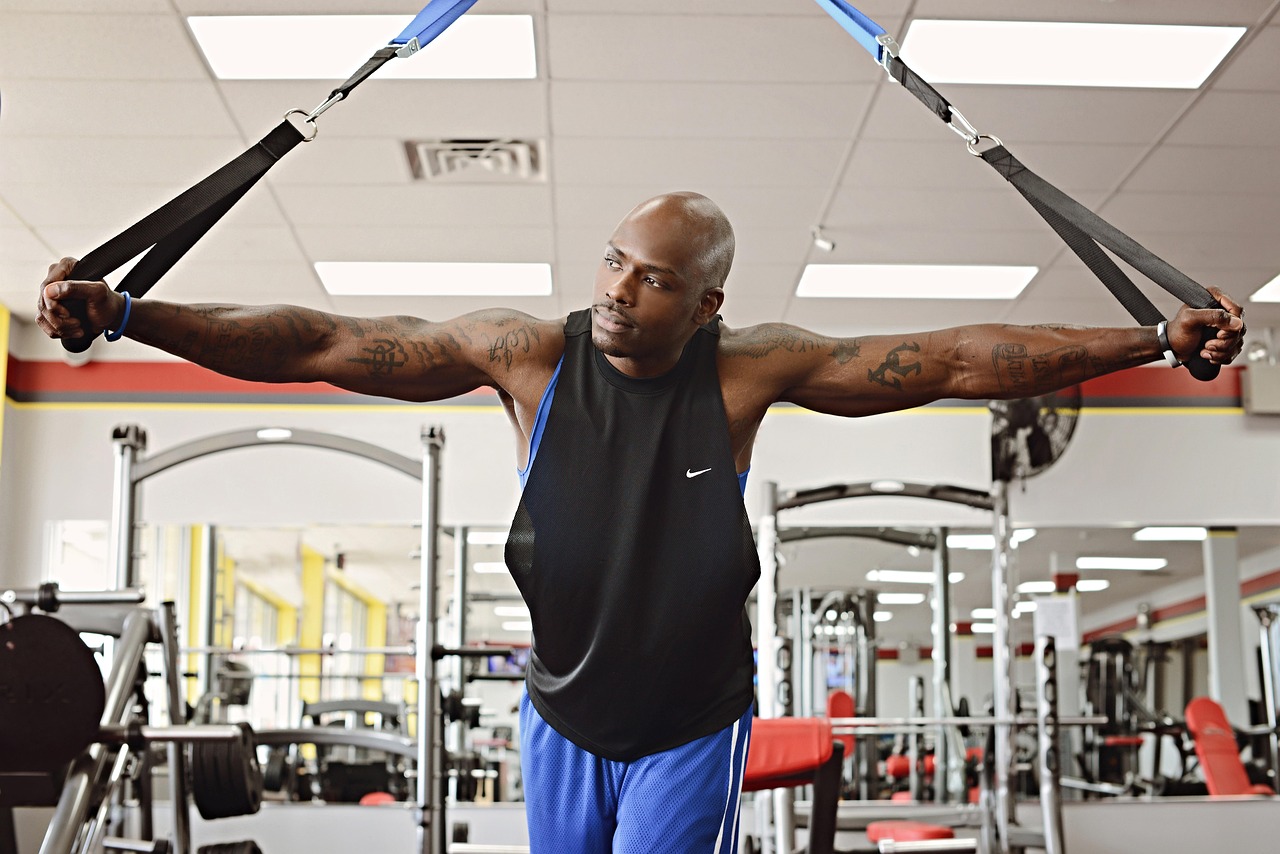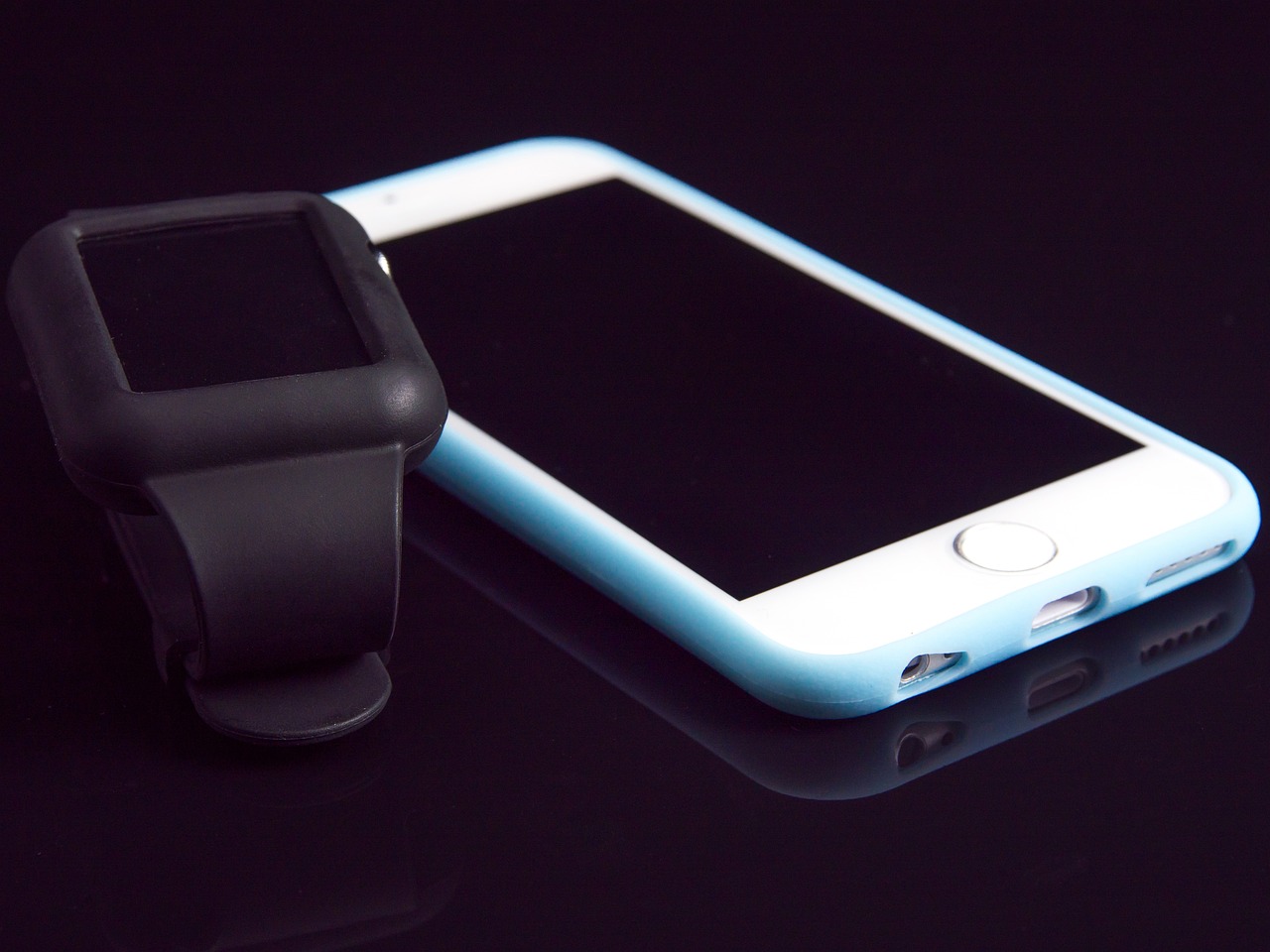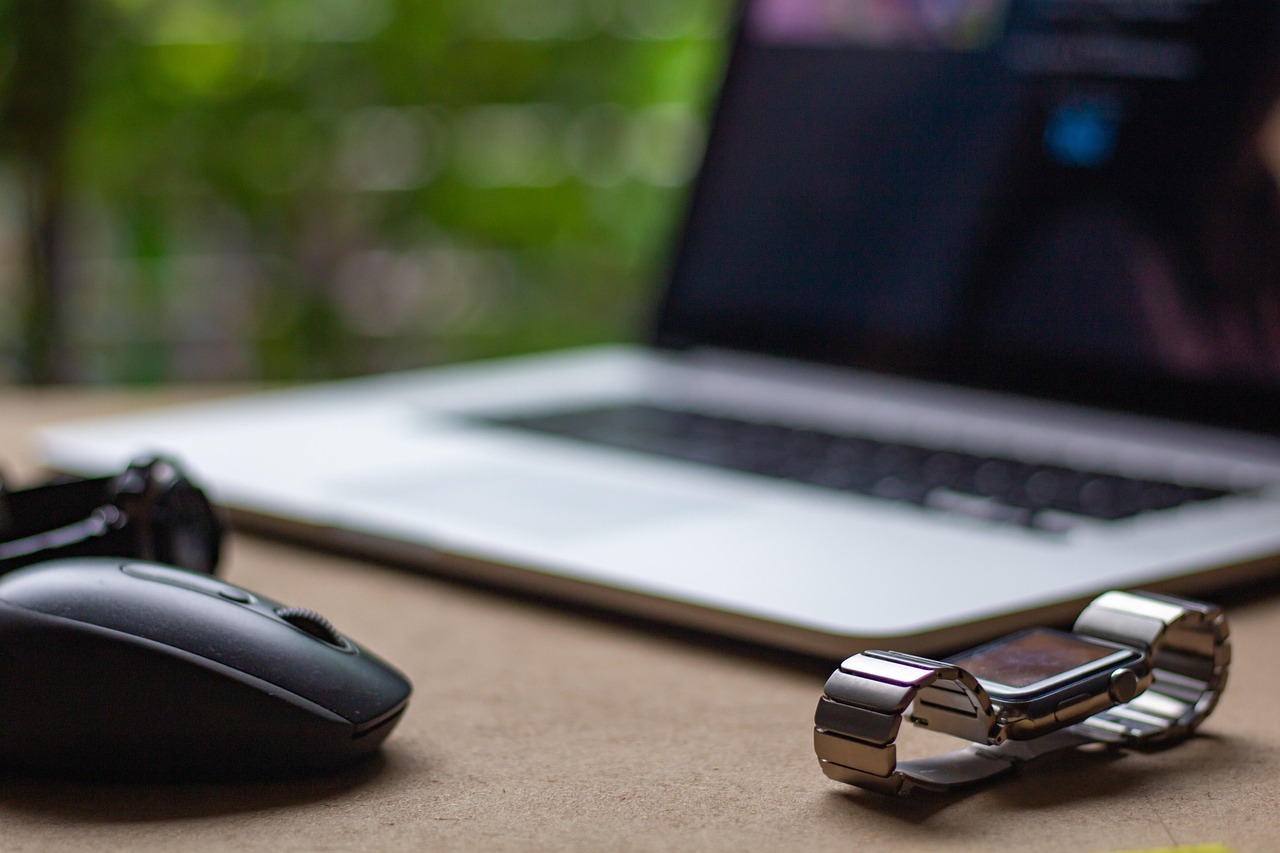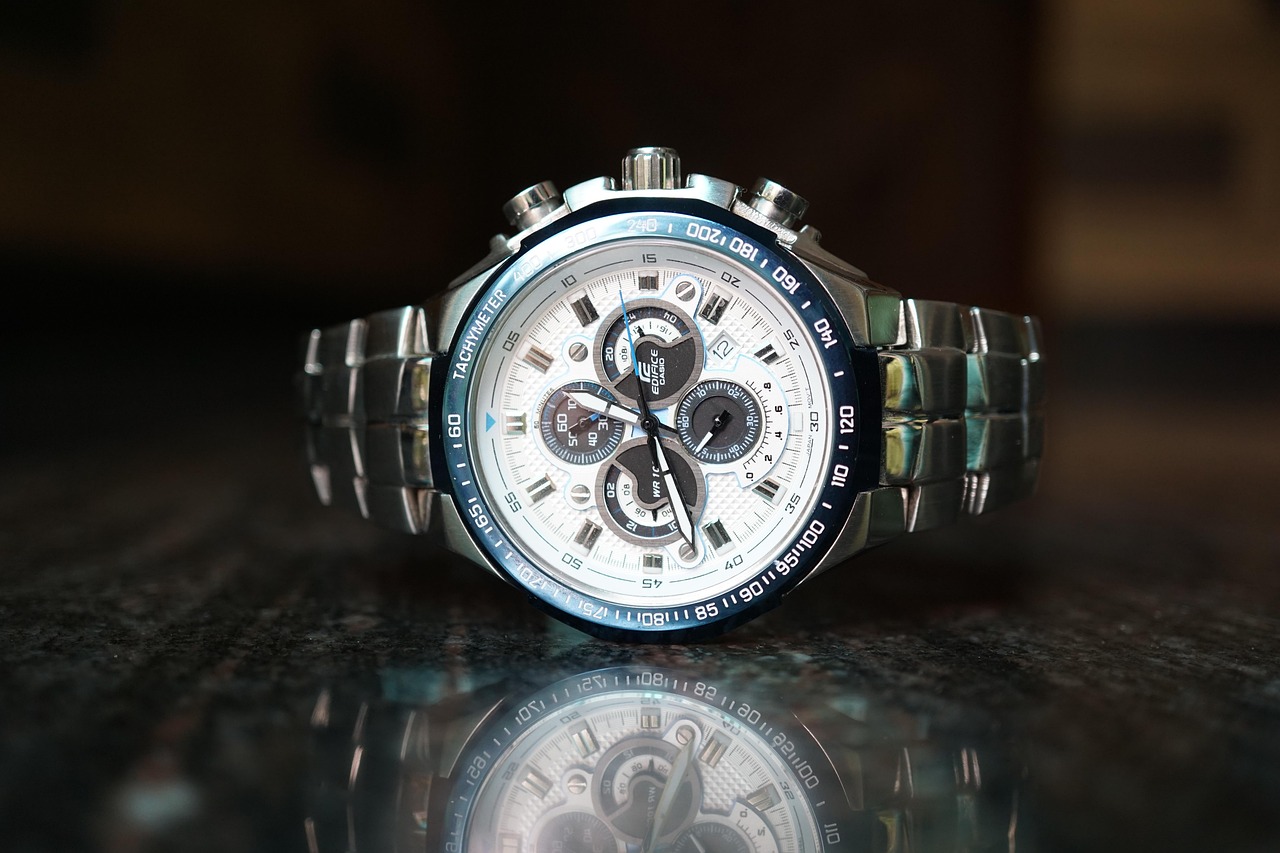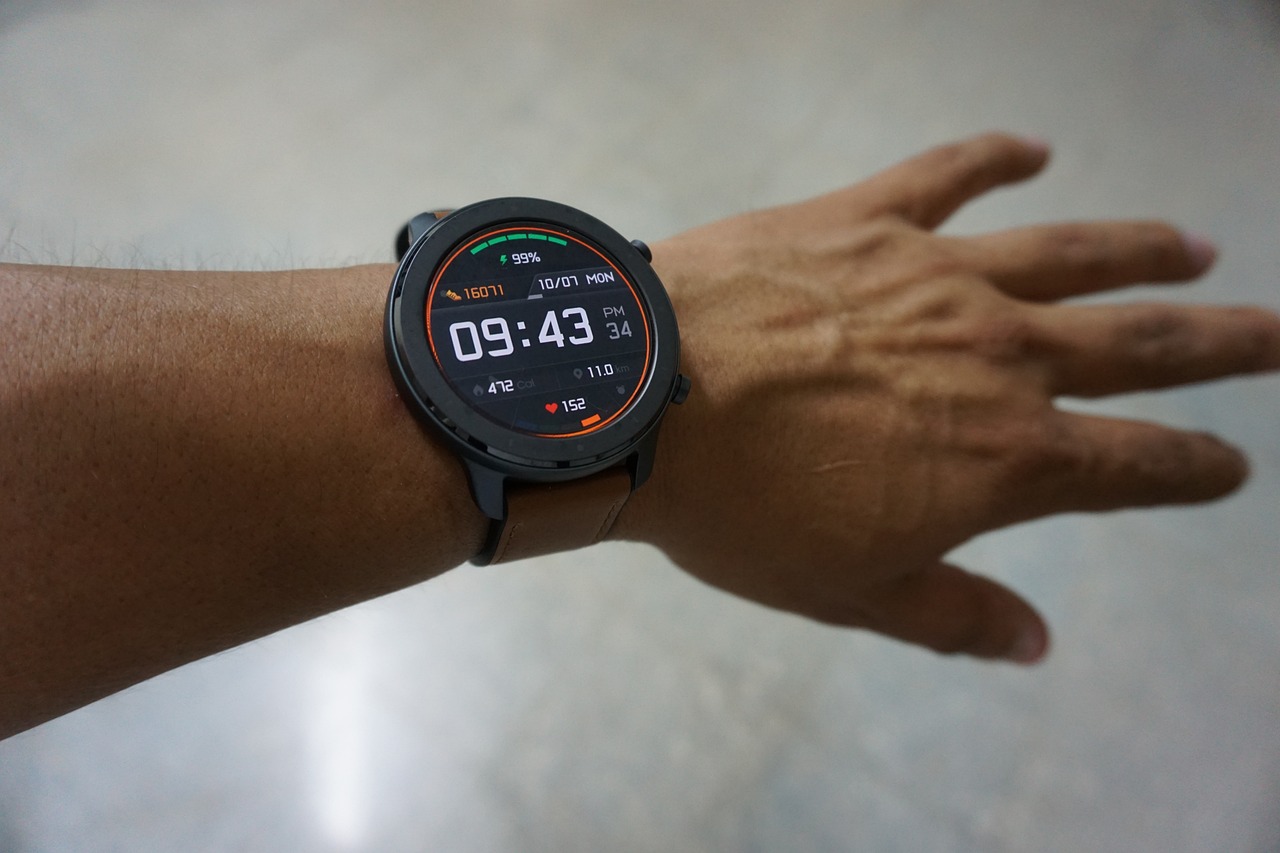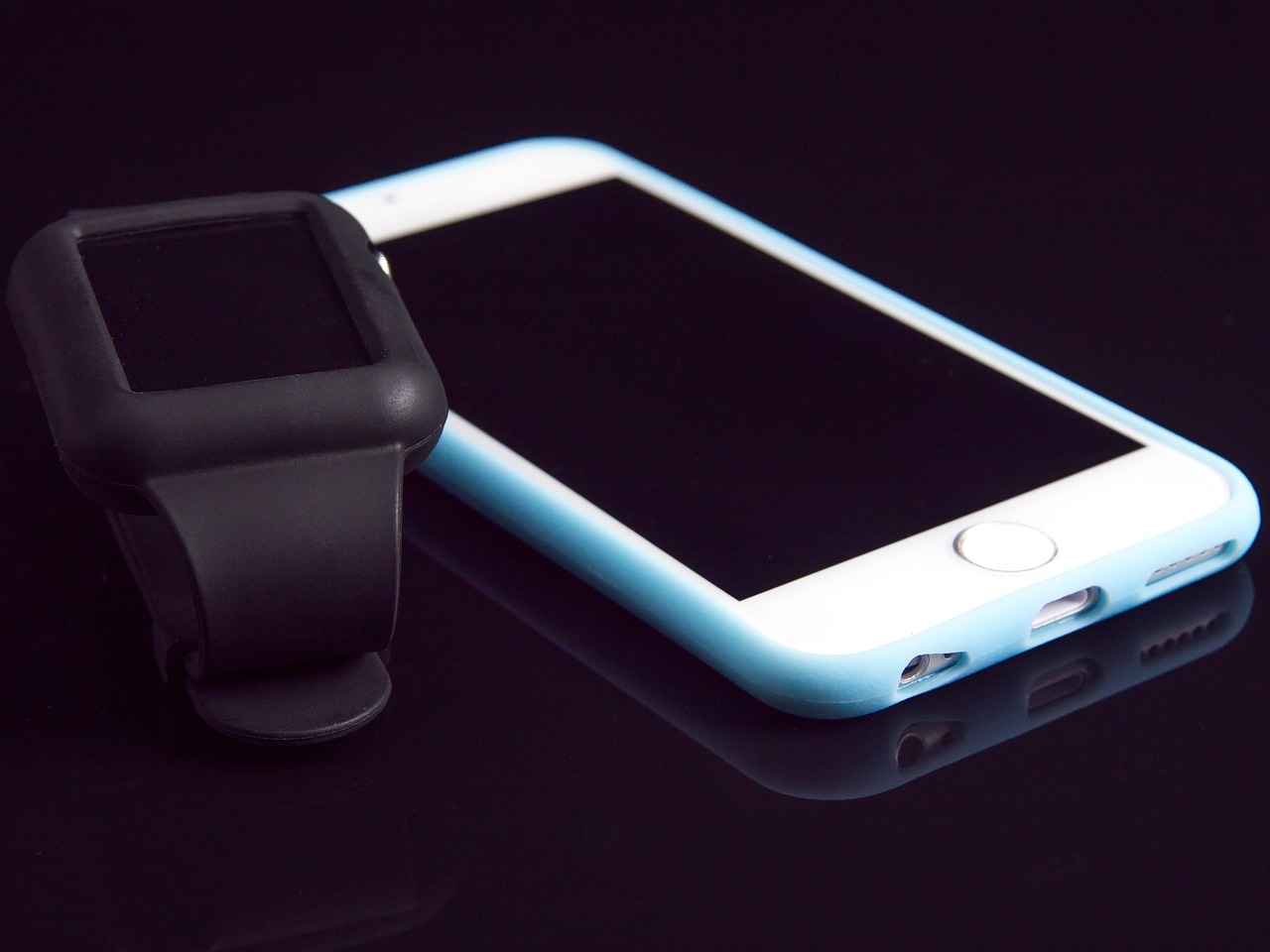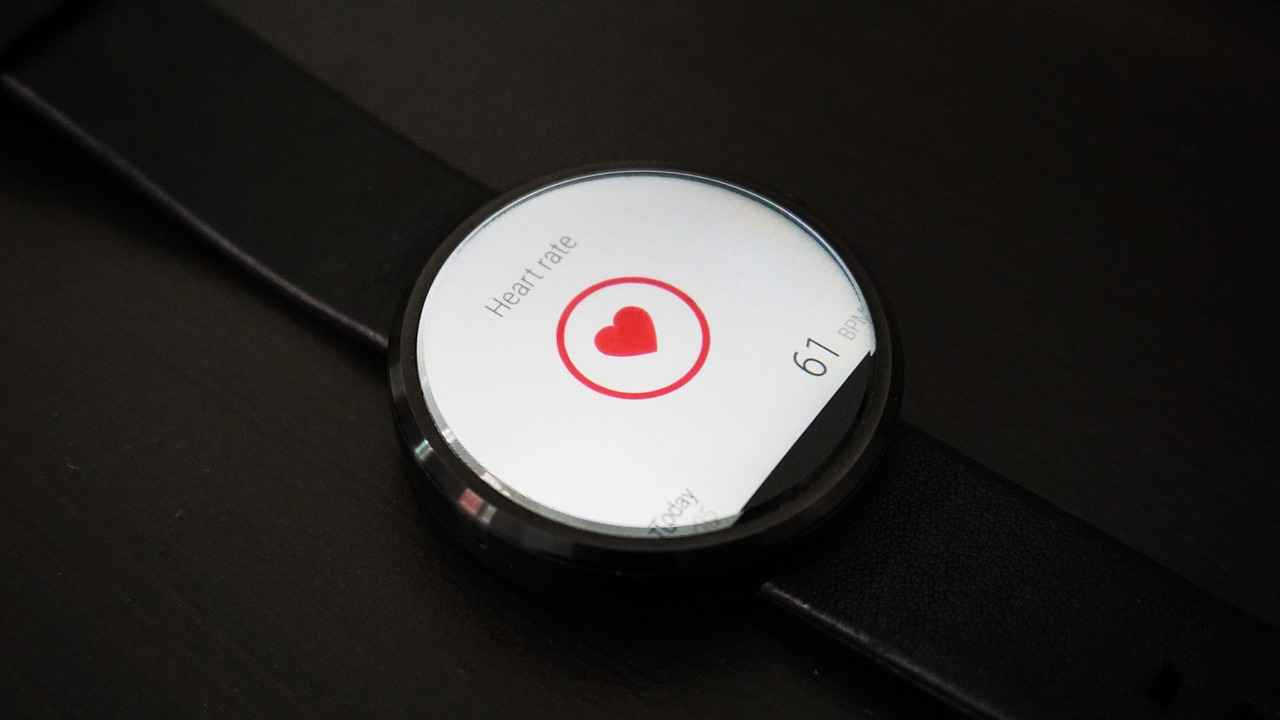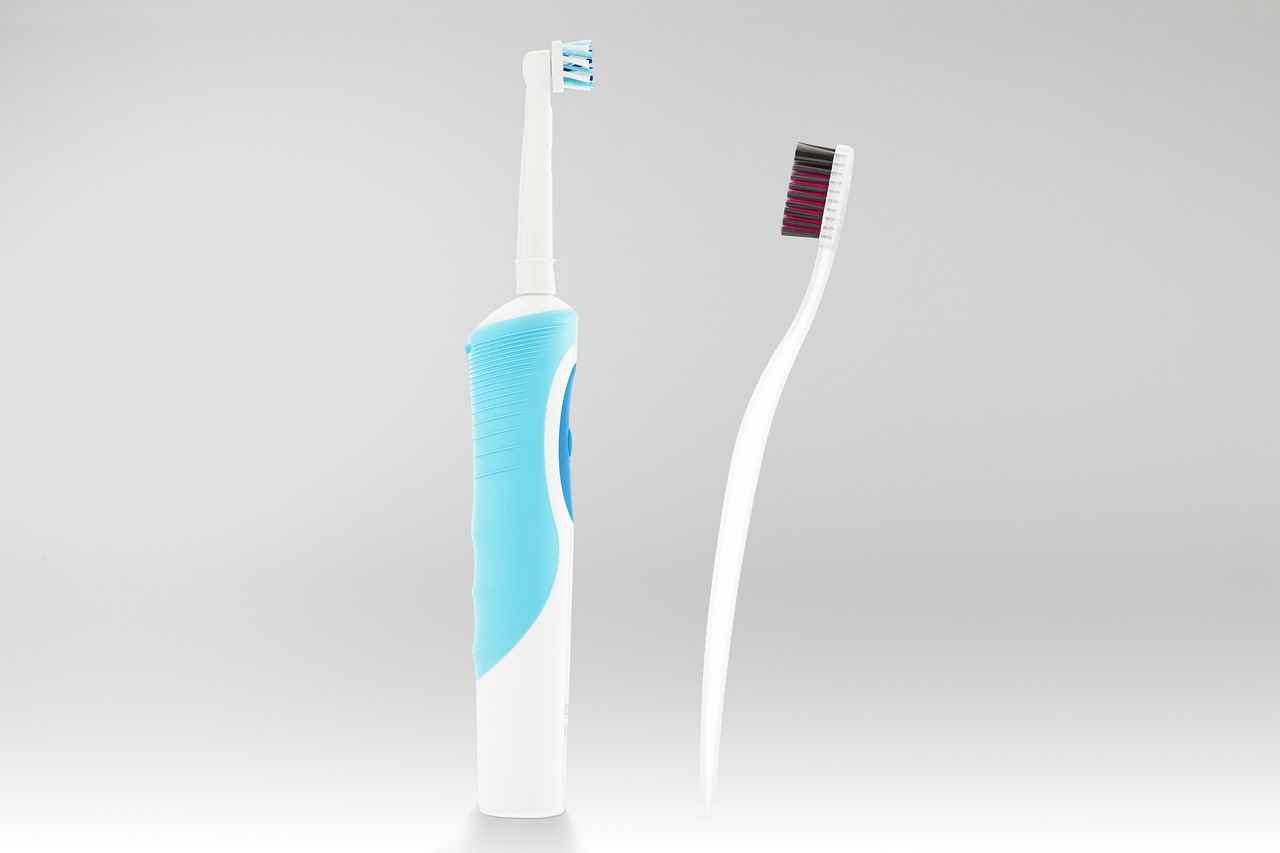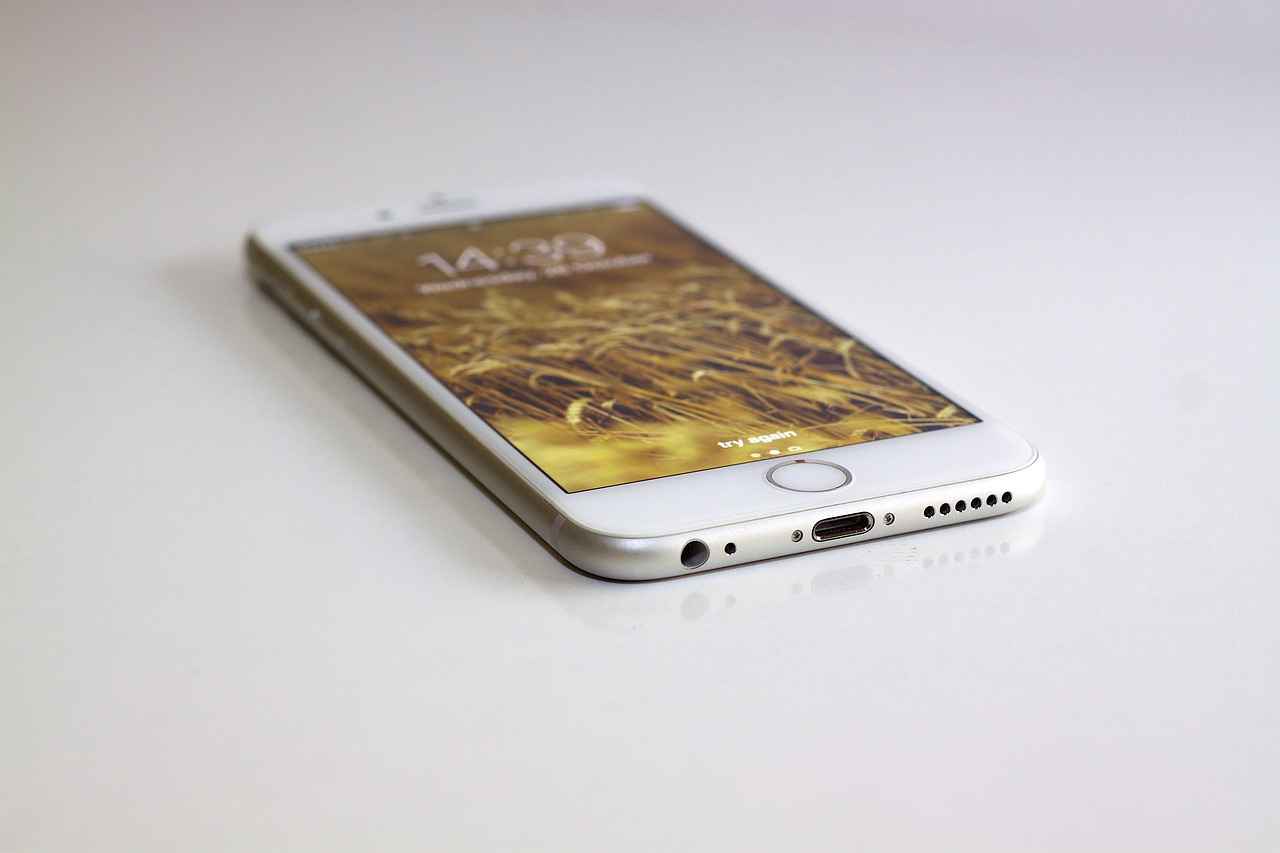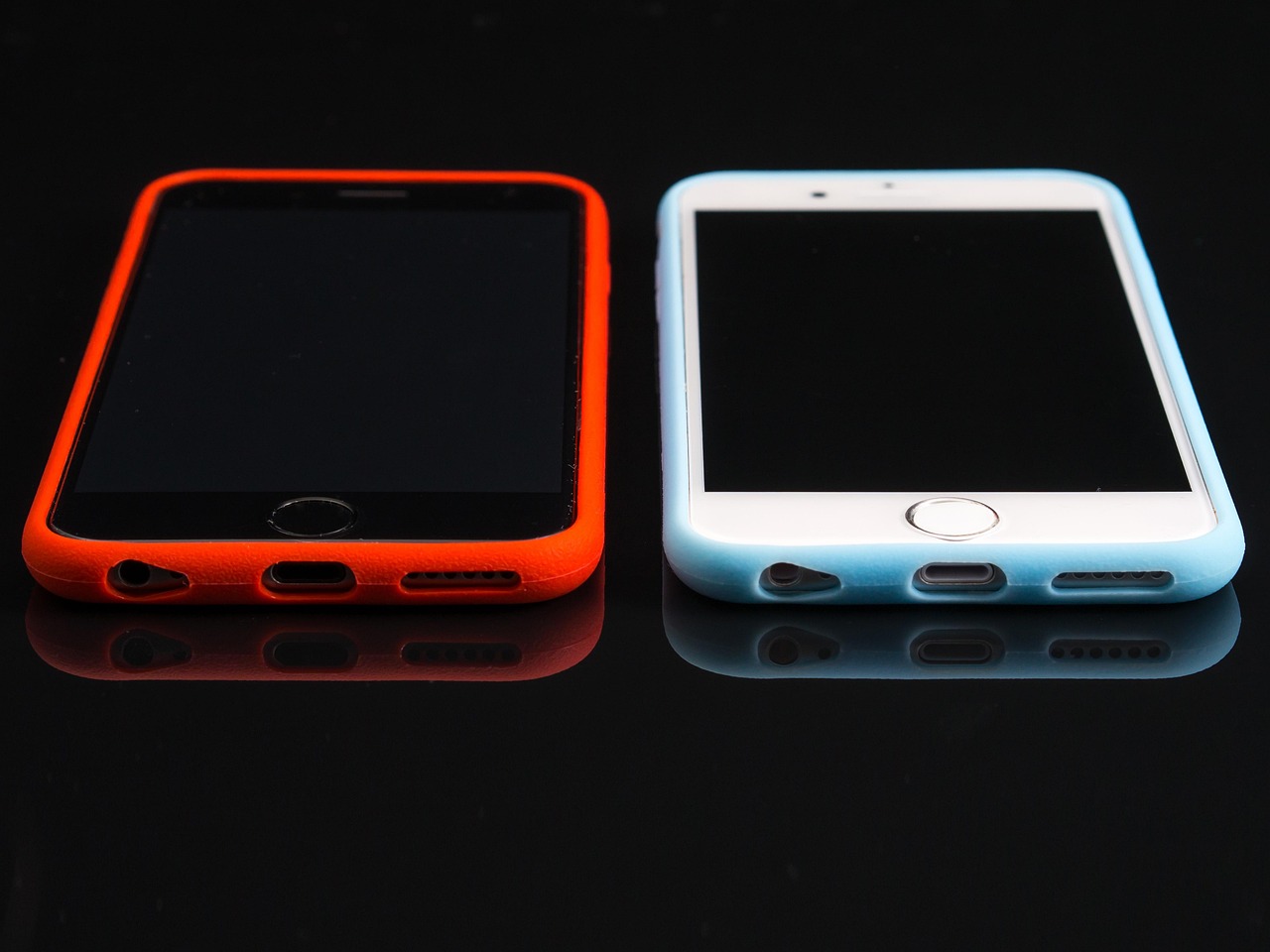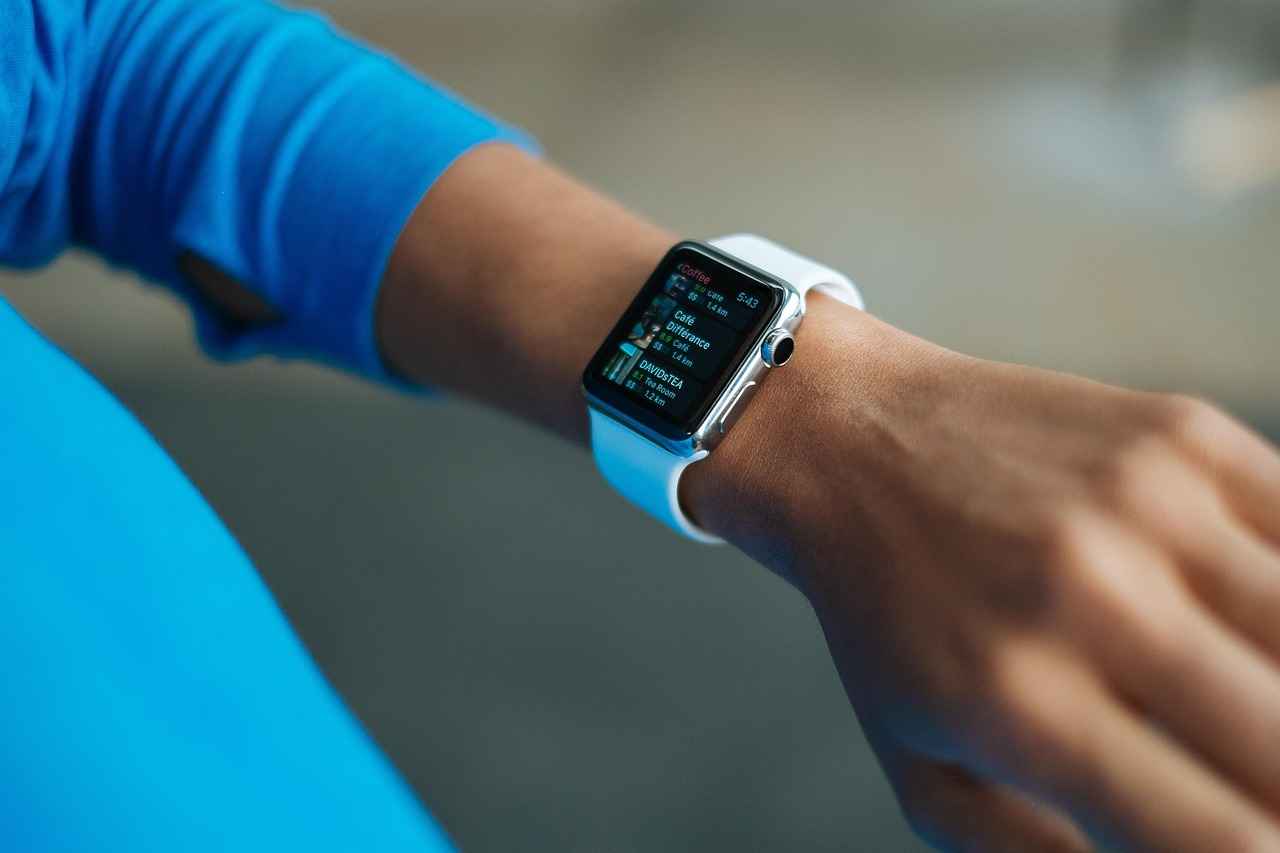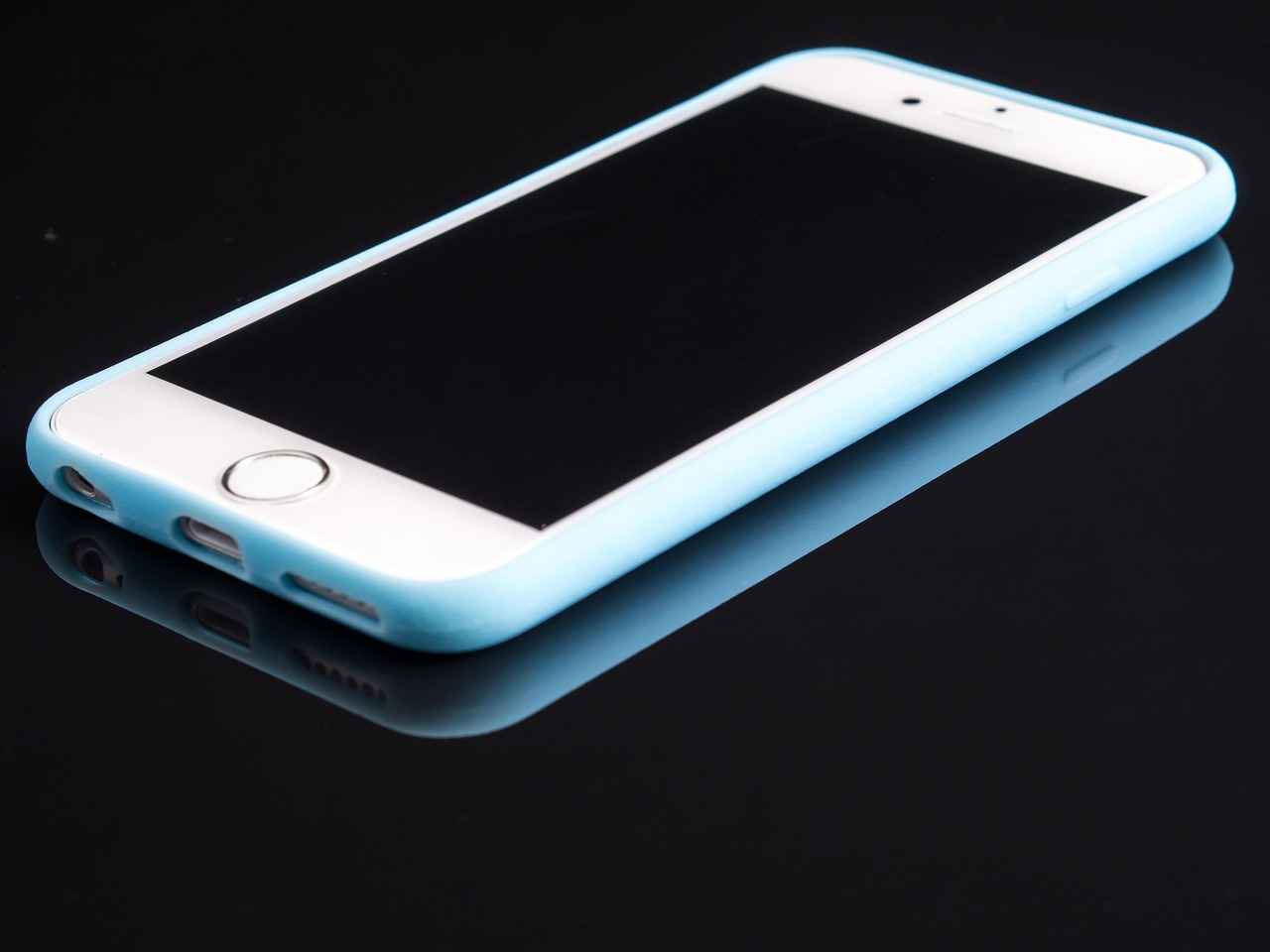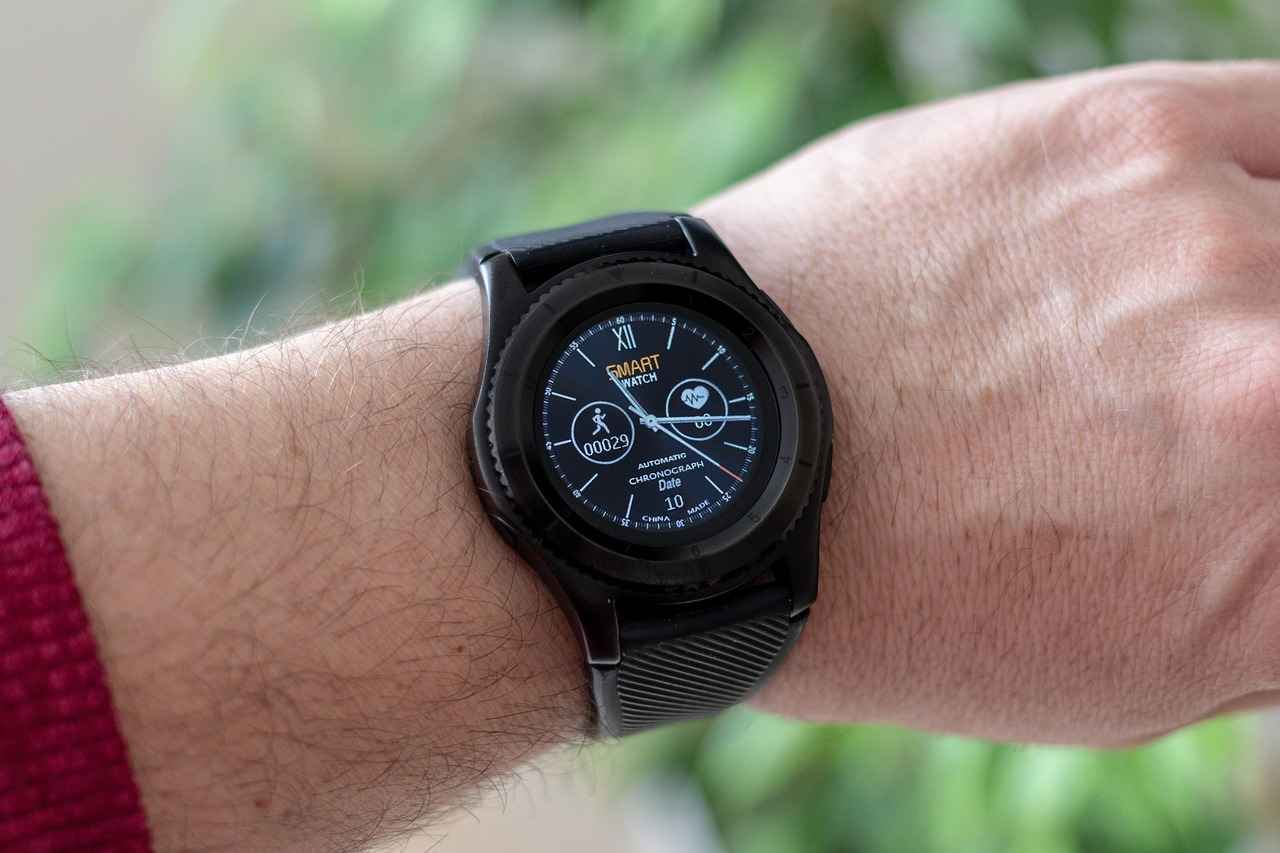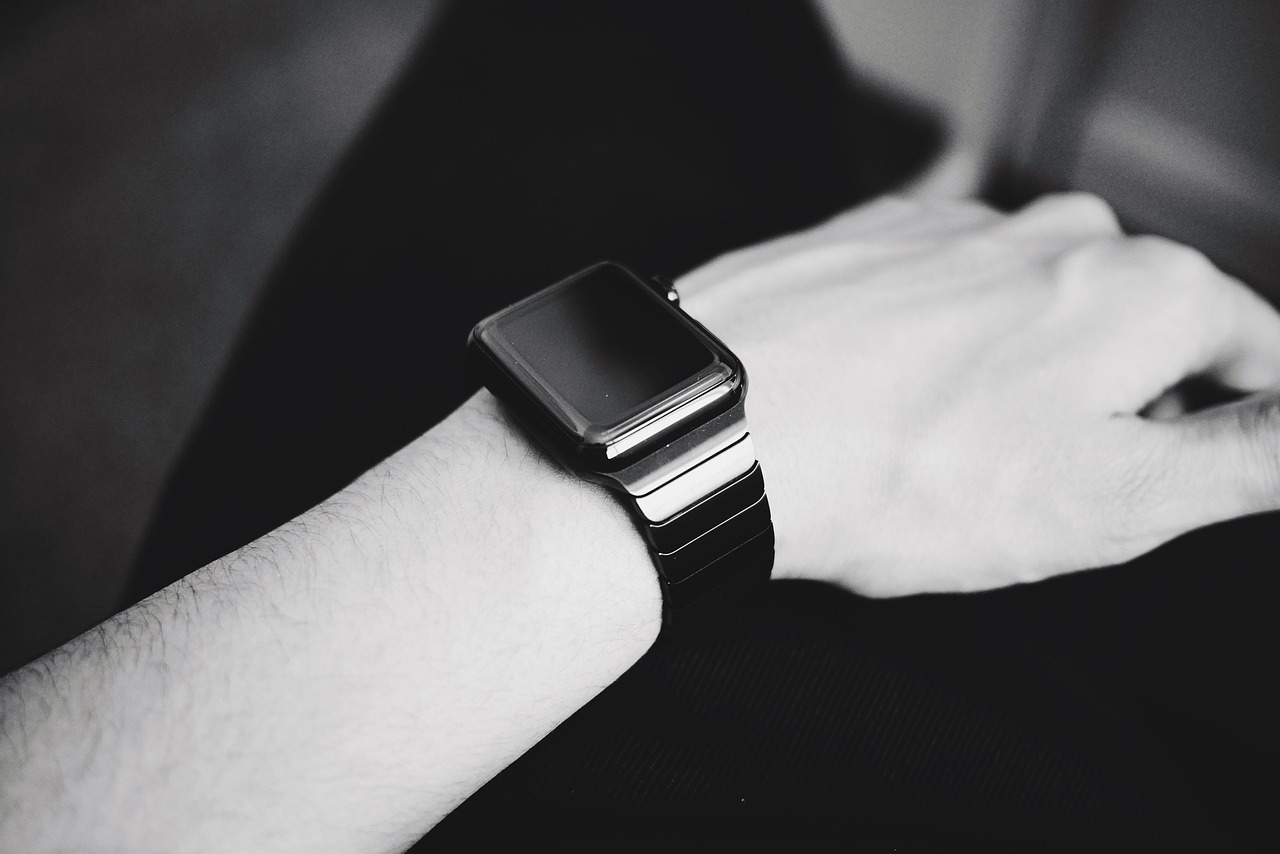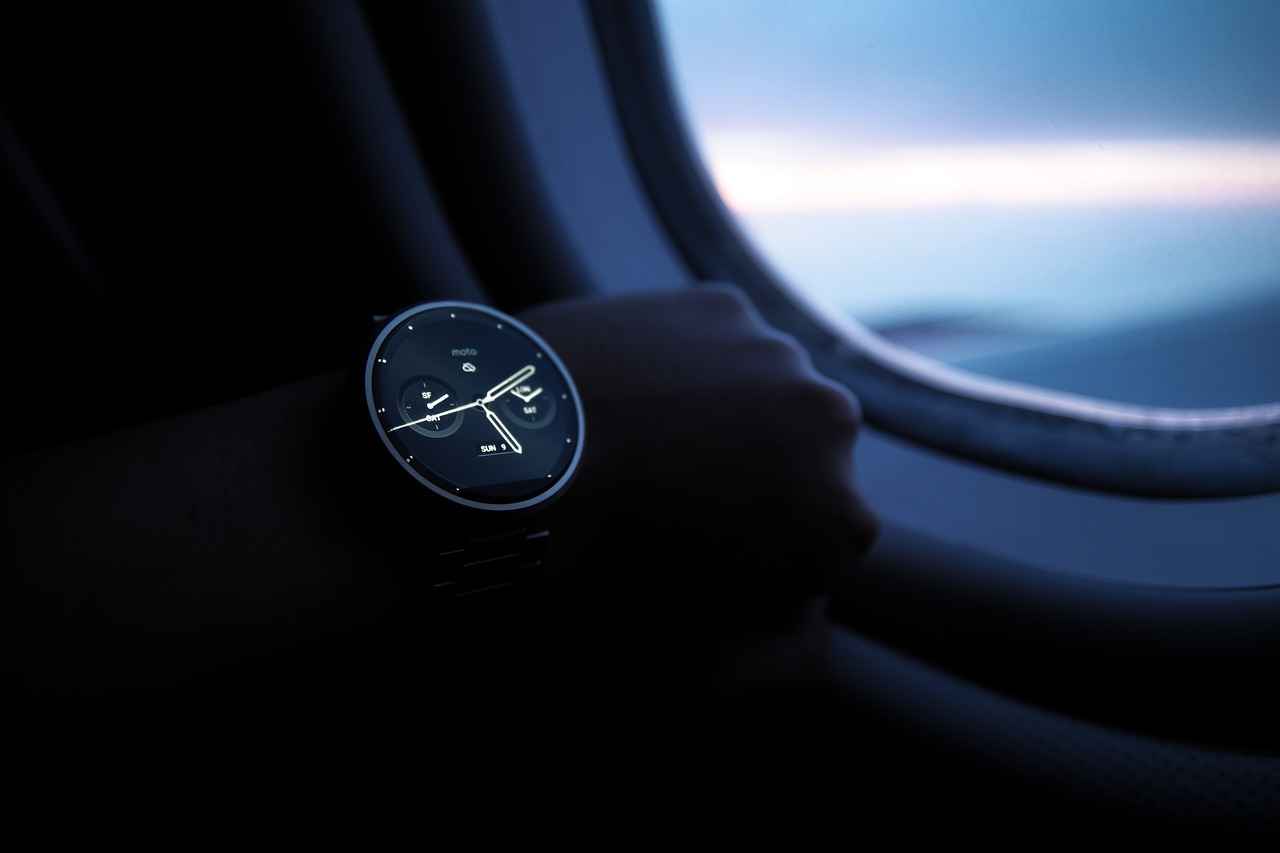This article explores the key differences between Fitbit and Apple smartwatches, comparing features, pricing, health tracking capabilities, and user experiences to help you decide which fitness tracker suits your needs best.
Overview of Fitbit and Apple Smart Watches
Fitbit and Apple have both carved out significant niches in the fitness tracking market. Fitbit, founded in 2007, has focused primarily on health and fitness, offering a range of devices that cater to various fitness levels. In contrast, Apple, with its Apple Watch launched in 2015, has integrated fitness tracking with a broader array of smart features, appealing to tech-savvy consumers.
Key Features Comparison
Understanding the key features of both devices is crucial. Below is a comparison of their capabilities:
- Fitness Tracking: Both brands offer comprehensive fitness tracking, including steps, calories burned, and active minutes.
- Notifications: Apple Watch excels with seamless notifications from iOS devices, while Fitbit provides essential alerts.
- App Integrations: Apple offers extensive app support, whereas Fitbit focuses on fitness-related applications.
Fitness Tracking Capabilities
Both brands boast robust fitness tracking features. Fitbit is known for its accuracy in tracking steps and heart rate, while Apple Watch provides advanced metrics such as VO2 max and ECG capabilities.
Heart Rate Monitoring
Heart rate monitoring is vital for fitness enthusiasts. Fitbit uses photoplethysmography technology for continuous heart rate tracking, while Apple Watch combines this with advanced algorithms for more precise readings.
Sleep Tracking Features
Sleep tracking is a significant aspect of health monitoring. Fitbit provides detailed insights into sleep stages, while Apple Watch offers basic sleep tracking with a focus on sleep duration.
Smart Features and Connectivity
Smart features enhance user experience. Apple Watch integrates with a plethora of apps and offers features like Apple Pay, while Fitbit focuses on fitness-oriented functionalities.
Design and Usability
The design and usability of a smartwatch can greatly influence user satisfaction. Fitbit’s designs tend to be more fitness-oriented, while Apple Watch emphasizes style and versatility.
Display Quality and Size
Display quality affects usability. Apple Watch features a high-resolution display that adjusts to lighting conditions, while Fitbit offers a more straightforward interface.
Comfort and Wearability
Comfort is essential for daily wear. Fitbit devices are often lighter and designed for prolonged use, whereas Apple Watch provides a more premium feel with customizable straps.
Battery Life and Charging
Battery life is a critical factor for many users. Fitbit generally offers longer battery life, lasting several days, while Apple Watch requires more frequent charging.
Pricing and Value for Money
Pricing can significantly influence purchasing decisions. Fitbit devices are generally more affordable, making them accessible to a wider audience, while Apple Watch commands a premium price due to its extensive features.
User Reviews and Experiences
Real-world user experiences provide valuable insights. Fitbit users often praise its fitness tracking accuracy, while Apple Watch users appreciate its versatility and integration with other Apple products.
Conclusion: Which Smartwatch is Right for You?
After examining various aspects of Fitbit and Apple smartwatches, it’s clear that both have their strengths. Your choice ultimately depends on your specific needs—whether you prioritize fitness tracking or a multifunctional smartwatch experience.
![]()
Overview of Fitbit and Apple Smart Watches
In the ever-evolving world of fitness technology, two brands stand out for their significant contributions: Fitbit and Apple. Both companies have shaped the landscape of wearable devices, each with unique philosophies and innovations that cater to different audiences.
Fitbit, founded in 2007, was one of the pioneers in the fitness tracker market. The company initially focused on simple pedometers and gradually expanded its product line to include smartwatches and advanced health monitoring devices. Fitbit’s core philosophy revolves around making fitness accessible to everyone. Their devices are designed to encourage users to lead healthier lifestyles through gamification and community engagement. With features like step tracking, heart rate monitoring, and sleep analysis, Fitbit aims to empower users to take charge of their health.
On the other hand, Apple entered the fitness tracking market with the launch of the Apple Watch in 2015. While Apple is renowned for its premium technology and ecosystem, the Apple Watch was developed with a focus on integrating health and fitness features into a broader smart device experience. Apple’s core philosophy emphasizes seamless connectivity and user experience, providing users with a comprehensive tool that goes beyond fitness tracking. The Apple Watch includes advanced capabilities such as ECG monitoring, blood oxygen measurement, and deep integration with the iOS ecosystem, making it a versatile device for both fitness enthusiasts and tech-savvy users.
Over the years, both brands have adapted to changing consumer needs and technological advancements. Fitbit has continued to enhance its fitness tracking capabilities while maintaining affordability, whereas Apple has consistently pushed the envelope with innovative features and a premium pricing strategy. As we delve deeper into the comparison of these two brands, understanding their histories and philosophies will help you make an informed decision about which smartwatch aligns best with your fitness goals and lifestyle.
![]()
Key Features Comparison
When it comes to choosing between a Fitbit and an Apple Smart Watch, understanding the key features of both devices is crucial. This section will delve into a comprehensive comparison of their capabilities, focusing on fitness tracking, notifications, and app integrations. By examining these aspects, you will be better equipped to make an informed choice that aligns with your lifestyle and fitness goals.
Fitness Tracking: Both Fitbit and Apple Smart Watches excel in fitness tracking, but they cater to slightly different audiences. Fitbit is renowned for its dedicated fitness focus, offering extensive metrics such as heart rate, steps, calories burned, and sleep quality. Apple, on the other hand, integrates fitness tracking with a broader range of health metrics, including ECG and blood oxygen monitoring. This makes Apple a great choice for users looking for comprehensive health insights in addition to fitness tracking.
Notifications: Notifications are a vital feature for many users. Fitbit provides notifications for calls, texts, and calendar events, but its functionality is more limited compared to the Apple Smart Watch. The Apple Smart Watch offers a robust notification system that seamlessly integrates with various apps, allowing users to respond to messages and interact with apps directly from their wrist. This enhanced connectivity makes the Apple Smart Watch a more versatile option for those who prioritize communication on the go.
App Integrations: App integrations play a significant role in the overall user experience. Fitbit supports a range of apps, primarily focused on health and fitness, while Apple boasts a vast ecosystem of third-party applications. This means Apple users can customize their experience with a plethora of apps, from productivity tools to entertainment options. The ability to sync with other devices and services further enhances the Apple Smart Watch’s appeal, making it a powerful tool for both fitness and daily life management.
In summary, the comparison of key features between Fitbit and Apple Smart Watches reveals distinct advantages for each device. Whether you prioritize fitness tracking, notifications, or app integrations will ultimately guide your decision in selecting the right smartwatch for your needs.
Fitness Tracking Capabilities
When it comes to fitness tracking, both Fitbit and Apple Smart Watches stand out with their extensive features designed to monitor various health metrics. This section will explore the specific capabilities of each brand, focusing on essential metrics such as heart rate, steps, and sleep patterns, while also evaluating their accuracy.
Heart rate monitoring is a critical feature for anyone looking to enhance their fitness regime. Both Fitbit and Apple utilize advanced technology to provide real-time heart rate data. Fitbit employs a technology called PurePulse, which uses optical sensors to measure heart rate continuously throughout the day. In contrast, Apple Watch utilizes its Electrocardiogram (ECG) feature, which not only tracks heart rate but can also detect irregular heart rhythms. Both devices offer reliable heart rate measurements, but the added ECG capability of the Apple Watch may appeal to users seeking deeper cardiovascular insights.
Step tracking is another fundamental feature that both brands excel in. Fitbit has long been recognized for its accurate step counting, thanks to its dedicated pedometer technology. Apple Watch, while also effective, uses a combination of accelerometer data and algorithms to estimate steps. Users have reported that both devices provide similar step counts, but Fitbit’s focus on fitness tracking gives it a slight edge in this area.
Analyzing sleep patterns is essential for understanding overall health. Fitbit offers comprehensive sleep tracking, providing insights into sleep stages, duration, and quality. Its Sleep Score feature helps users understand their sleep patterns better. On the other hand, the Apple Watch provides sleep tracking through its Sleep app, which focuses on sleep duration and consistency. While both devices deliver valuable insights, Fitbit’s detailed analysis may be more beneficial for users aiming to improve their sleep quality.
In summary, both Fitbit and Apple Smart Watches offer robust fitness tracking capabilities, each with unique strengths. Whether it’s heart rate monitoring, step tracking, or sleep analysis, users can find valuable tools in either device to support their health and fitness goals.
Heart Rate Monitoring
is an essential feature for fitness enthusiasts, as it provides critical insights into cardiovascular health and workout efficiency. Both Fitbit and Apple smartwatches employ advanced technologies to measure heart rate accurately, catering to the needs of users who prioritize fitness tracking.
Fitbit utilizes a technology called PurePulse, which employs optical sensors to detect blood flow through the skin. This method allows for continuous heart rate monitoring throughout the day, providing users with real-time data on their heart rate zones during workouts. The device calculates heart rate variability, helping users understand their fitness levels and recovery times.
On the other hand, Apple smartwatches use a similar optical heart rate sensor technology, but with enhancements in data processing. The Apple Watch combines optical sensors with advanced algorithms to deliver precise heart rate measurements. This integration not only tracks heart rate during exercise but also offers notifications for unusually high or low heart rates, ensuring users stay informed about their cardiovascular health.
Both devices offer a feature known as ECG (Electrocardiogram), which allows users to take a more detailed reading of their heart’s electrical activity. This functionality is particularly beneficial for individuals with specific health concerns, as it can help detect irregular heart rhythms and provide valuable data for healthcare providers.
In terms of accuracy, studies have shown that both Fitbit and Apple smartwatches perform well, but environmental factors and user movements can affect readings. Users are encouraged to wear the devices snugly on their wrists, especially during vigorous activities, to enhance measurement accuracy.
In summary, heart rate monitoring technology in both Fitbit and Apple devices is designed to empower users with vital health information, aiding in fitness tracking and overall wellness. By understanding how these devices measure heart rate, users can make informed decisions about which smartwatch aligns best with their health and fitness goals.
Sleep Tracking Features
Sleep tracking has become an essential feature in modern smartwatches, playing a pivotal role in overall health monitoring. Both Fitbit and Apple smartwatches have developed advanced technologies to analyze sleep patterns, helping users improve their sleep quality. This section will delve into how each brand approaches sleep tracking and the insights they offer.
Fitbit, a pioneer in the fitness tracker market, utilizes a combination of heart rate variability, movement data, and sleep stages to provide a comprehensive analysis of sleep quality. Their devices can differentiate between light, deep, and REM sleep, giving users a detailed overview of their sleep cycles. Furthermore, Fitbit offers personalized insights and tips based on sleep patterns, enabling users to make informed adjustments to their bedtime routines.
On the other hand, Apple smartwatches integrate sleep tracking into their broader health ecosystem. Utilizing the Sleep app, Apple focuses on creating a sleep schedule that encourages users to establish consistent sleeping habits. The Apple Watch tracks sleep duration and quality, leveraging data from the Health app to provide users with a holistic view of their health metrics. Additionally, Apple emphasizes the importance of wind-down routines, helping users prepare for better sleep.
When comparing the two, it’s important to note that while Fitbit offers more detailed sleep stage analysis, Apple’s approach encourages users to adopt healthier sleep habits. Both platforms provide valuable data, but the choice ultimately depends on individual preferences and health goals.
| Feature | Fitbit | Apple Watch |
|---|---|---|
| Sleep Stage Tracking | Yes | No |
| Personalized Insights | Yes | No |
| Sleep Schedule Feature | No | Yes |
| Wind-down Routines | No | Yes |
In conclusion, both Fitbit and Apple smartwatches offer unique advantages for sleep tracking. By understanding the strengths of each device, users can choose the one that aligns best with their health monitoring needs.
Smart Features and Connectivity
Smart features play a pivotal role in enhancing the user experience of modern smartwatches, transforming them from simple fitness trackers into comprehensive lifestyle companions. Both Fitbit and Apple smartwatches offer a suite of smart capabilities that integrate seamlessly with various applications and services, enriching the overall functionality of these devices.
One of the standout features of these smartwatches is their ability to receive notifications directly on the wrist. Users can stay connected without needing to constantly check their phones. This includes notifications for calls, messages, emails, and even social media alerts. The convenience of having these notifications readily available allows users to prioritize their time and respond promptly to important communications.
In addition to notifications, both brands support a variety of third-party applications that further enhance their utility. Users can download apps tailored to their specific interests, whether it be meditation, music streaming, or even productivity tools. This app integration ensures that users can customize their smartwatches to fit their unique lifestyles, making them more than just fitness trackers.
| Smart Feature | Fitbit | Apple Watch |
|---|---|---|
| Notifications | Yes, customizable | Yes, with rich notifications |
| App Integration | Supports various fitness and wellness apps | Extensive app ecosystem, including Apple Health |
| Voice Assistants | Google Assistant | Siri |
Moreover, the integration of voice assistants like Google Assistant on Fitbit and Siri on Apple Watch allows users to control their devices hands-free. This capability is particularly beneficial for those engaged in workouts or other activities where using a touchscreen may be impractical.
Both smartwatches also provide health insights through their connectivity features. For example, users can sync their data with health apps to track their fitness progress over time, ensuring they remain motivated and informed about their health journey. This level of connectivity not only enhances user engagement but also fosters a community of users who can share experiences and tips.
In conclusion, the smart features and connectivity options available in both Fitbit and Apple smartwatches significantly elevate the user experience, making them indispensable tools for managing health, staying connected, and enhancing daily productivity.
![]()
Design and Usability
The design and usability of a smartwatch play a crucial role in determining overall user satisfaction. When comparing the Fitbit and Apple smartwatches, several factors come into play, including aesthetics, comfort, and user interface. These elements not only affect the visual appeal of the devices but also their functionality and ease of use.
Aesthetics are important for many users. The Fitbit smartwatches typically feature a more sporty and minimalistic design, appealing to fitness enthusiasts. In contrast, Apple smartwatches offer a more sophisticated and elegant look, often resembling traditional timepieces. This difference in style can significantly influence a consumer’s choice based on personal taste.
When it comes to comfort, both brands have made strides in ensuring their devices are wearable throughout the day. Fitbit smartwatches are generally lightweight and designed with breathable materials, making them suitable for prolonged use during workouts or daily activities. On the other hand, Apple smartwatches incorporate premium materials such as stainless steel and ceramic, which, while stylish, may not always prioritize comfort for extended wear.
The user interface is another critical aspect that affects usability. Fitbit devices typically utilize a straightforward interface that focuses on fitness tracking and essential notifications. This simplicity can be advantageous for users who prefer a no-frills experience. Conversely, Apple offers a more complex interface that integrates a wide array of apps and features, providing a comprehensive smart experience. However, this complexity may overwhelm some users who are not tech-savvy.
In addition to these factors, the display quality and size of the smartwatches also play a significant role in user experience. Fitbit smartwatches usually have vibrant displays that are easy to read in various lighting conditions. Apple smartwatches, with their high-resolution Retina displays, offer exceptional clarity and responsiveness, enhancing interaction.
Ultimately, the choice between Fitbit and Apple smartwatches will depend on individual preferences regarding design, comfort, and usability. By evaluating these aspects, users can make a more informed decision that aligns with their lifestyle and needs.
Display Quality and Size
The display quality of a smartwatch is a critical factor that significantly influences its usability. When considering devices like the Fitbit and Apple smartwatches, several aspects come into play, including screen size, resolution, and overall visibility. These elements are essential for ensuring that users can easily interact with their devices, especially in varying lighting conditions.
First, let’s discuss screen size. A larger screen can enhance the user experience by providing more space for information and notifications. For instance, Apple smartwatches typically feature a larger display compared to most Fitbit models, allowing for easier navigation through apps and settings. This can be particularly beneficial for users who rely on their watches for quick updates during workouts or daily activities.
Resolution is another vital aspect to consider. Higher resolution screens offer clearer and sharper images, making it easier to read text and view graphics. Apple smartwatches generally boast a higher pixel density, which results in more vibrant colors and better visibility in bright sunlight. In contrast, while Fitbit devices may have lower resolution displays, they often prioritize battery life and functionality over visual fidelity.
Moreover, overall visibility is crucial, especially in different lighting conditions. Some smartwatches come equipped with adaptive brightness features that adjust the screen’s brightness based on ambient light. This capability ensures that users can easily read their screens outdoors or in dimly lit environments. Both Fitbit and Apple have made strides in this area, but user preferences may vary based on individual needs and usage scenarios.
In summary, when evaluating the display quality and size of smartwatches, it is essential to consider how these factors affect usability. A device that offers a larger, high-resolution display with excellent visibility will likely enhance the overall user experience, making it easier to access information and interact with the smartwatch effectively.
Comfort and Wearability
Comfort is a crucial aspect when it comes to daily wear of smartwatches, especially for those who intend to use them throughout the day for fitness tracking and notifications. The materials used in the construction of these devices, along with the overall design, play a significant role in determining how comfortable a smartwatch feels on the wrist.
Both Fitbit and Apple have invested considerable effort into ensuring their smartwatches are made from high-quality materials. For instance, Fitbit often utilizes silicone bands, which are lightweight and flexible, making them ideal for prolonged wear during physical activities. In contrast, Apple offers a range of band options, including leather and stainless steel, which not only enhance aesthetics but also provide varying levels of comfort. The choice of material can greatly influence the user experience, especially for individuals with sensitive skin or those who wear their devices for extended periods.
| Brand | Material Options | Comfort Level |
|---|---|---|
| Fitbit | Silicone, Fabric | High |
| Apple | Leather, Stainless Steel, Silicone | Varies |
The design of a smartwatch also impacts its wearability. A well-designed smartwatch should not only fit snugly but also allow for airflow to prevent discomfort during exercise. Both brands have made strides in creating ergonomic designs that cater to different wrist sizes. For example, the curved edges of the Apple Watch are intended to conform to the wrist’s natural shape, thereby enhancing comfort. Similarly, Fitbit’s streamlined profiles are designed to minimize bulkiness, making them less obtrusive during workouts.
Ultimately, the of a smartwatch are subjective and can vary based on personal preferences. Users are encouraged to try on different models to find the best fit for their lifestyle and comfort needs. Ensuring a proper fit can lead to better health tracking accuracy and an overall enhanced user experience.
![]()
Battery Life and Charging
Battery life is an essential consideration for smartwatch users, significantly impacting daily usability and overall satisfaction. When comparing Fitbit and Apple smartwatches, understanding their battery performance and charging methods becomes crucial for potential buyers.
Fitbit devices typically boast impressive battery longevity. Many models can last up to seven days on a single charge, depending on usage and features activated. This extended battery life allows users to wear their devices continuously, tracking fitness metrics and receiving notifications without the frequent need for recharging.
On the other hand, Apple smartwatches often require more frequent charging. Most models, including the latest iterations, offer around 18 to 24 hours of battery life. This shorter duration can be a drawback for users who prefer a device that can last through multiple days without needing a power source.
When it comes to charging methods, both brands offer distinct solutions. Fitbit smartwatches typically utilize a proprietary charging cable, which is generally straightforward and convenient. Users can quickly connect their devices to the charger and get back to tracking their activities.
In contrast, Apple has introduced a more refined charging experience with its magnetic charging cable. This design allows for easy alignment and swift charging, though the need for daily charging may be seen as a disadvantage for some users. Additionally, Apple’s recent models support fast charging, enabling users to gain several hours of battery life in just a short charging session.
Ultimately, the choice between Fitbit and Apple smartwatches in terms of battery life and charging methods depends on individual preferences and lifestyle. For users prioritizing longevity and less frequent charging, Fitbit may be the better option. Conversely, those who value advanced features and are comfortable with daily charging might lean towards the Apple smartwatch.
![]()
Pricing and Value for Money
When it comes to choosing a smartwatch, pricing plays a crucial role in shaping consumer decisions. Both Fitbit and Apple offer a range of smartwatches, each with its own unique features and price points. In this section, we will delve into the costs associated with these devices and evaluate their value for money.
Fitbit smartwatches generally cater to a broader audience with more budget-friendly options. Models like the Fitbit Versa 3 and Fitbit Sense are priced competitively, typically ranging from $200 to $330, depending on the model and features. These devices provide essential fitness tracking capabilities, heart rate monitoring, and sleep analysis, making them attractive to fitness enthusiasts without breaking the bank.
On the other hand, Apple smartwatches, such as the Apple Watch Series 8 and Apple Watch SE, are positioned in a higher price bracket, usually ranging from $250 to $800. The premium pricing reflects the advanced technology, seamless integration with the Apple ecosystem, and a plethora of smart features. For instance, the Apple Watch offers extensive app support, customizable watch faces, and cellular connectivity options, which may justify the higher cost for many users.
To further illustrate the pricing differences, the following table compares the key models from both brands:
| Brand | Model | Price Range | Key Features |
|---|---|---|---|
| Fitbit | Versa 3 | $230 | Heart rate tracking, sleep analysis, built-in GPS |
| Fitbit | Sense | $330 | Stress management, ECG, skin temperature tracking |
| Apple | Watch Series 8 | $400 | Advanced health monitoring, ECG, fall detection |
| Apple | Watch SE | $250 | Fitness tracking, notifications, customizable faces |
Ultimately, the decision between Fitbit and Apple smartwatches hinges not only on pricing but also on what features are most valuable to the consumer. While Fitbit offers excellent value for money for those focused primarily on fitness tracking, Apple’s offerings may appeal more to users seeking a comprehensive smartwatch experience with robust app integration and connectivity.
![]()
User Reviews and Experiences
When it comes to choosing between Fitbit and Apple smartwatches, real-world user experiences serve as a vital resource for potential buyers. By examining user reviews and testimonials, we can uncover the strengths and weaknesses of each device, providing a clearer picture of what to expect.
Many users praise Fitbit for its affordability and user-friendly interface. Customers often highlight the seamless syncing capabilities with their smartphones, which enhances the overall experience. Additionally, Fitbit’s emphasis on fitness tracking, particularly its step counting and sleep monitoring features, has received positive feedback. Users appreciate the detailed insights provided through the app, which help them to set and achieve their fitness goals.
On the flip side, some users have reported issues with the durability of Fitbit devices. Complaints about the bands wearing out or the screens cracking have been common, leading some to question the long-term value of the product. Furthermore, while Fitbit offers a variety of features, some users feel that it lacks the smart capabilities found in Apple smartwatches, such as advanced notifications and app integrations.
Apple smartwatch users, however, often rave about its premium build quality and design aesthetics. Many find the integration with the Apple ecosystem to be a significant advantage, as it allows for a more cohesive experience across devices. Users frequently mention the exceptional display quality and the range of customization options available, which enhance the personal feel of the device.
Nevertheless, Apple smartwatches are often criticized for their higher price point. Some users question whether the additional features justify the cost, especially when compared to more budget-friendly options like Fitbit. Additionally, battery life can be a concern, with some users reporting that they need to charge their devices more frequently than expected.
In summary, user reviews reveal that both Fitbit and Apple smartwatches have their unique advantages and drawbacks. Understanding these perspectives can greatly aid consumers in making an informed decision based on their individual needs and preferences.
![]()
Conclusion: Which Smartwatch is Right for You?
In this section, we will summarize the key findings from our comprehensive analysis of both Fitbit and Apple smartwatches. By examining various factors such as features, pricing, and user experiences, we aim to provide insightful guidance tailored to different user needs.
Fitbit smartwatches are renowned for their fitness tracking capabilities. They are particularly favored by users who prioritize health metrics like heart rate, steps, and sleep patterns. Their user-friendly interface and long battery life make them ideal for fitness enthusiasts seeking a reliable companion for their workouts. Additionally, Fitbit devices often come at a more affordable price point, making them accessible for a broader audience.
On the other hand, Apple smartwatches excel in smart features and connectivity. They seamlessly integrate with the Apple ecosystem, allowing users to receive notifications, use apps, and control smart home devices directly from their wrist. This makes Apple watches particularly appealing to those who value technology and convenience alongside fitness tracking. However, this advanced functionality typically comes at a higher price, which may not suit every budget.
When choosing between the two, consider your personal priorities. If your primary goal is to monitor fitness metrics and you prefer a straightforward device, a Fitbit may be the best fit. Conversely, if you are looking for a smartwatch that offers extensive features beyond fitness tracking and are willing to invest more, an Apple smartwatch could be the right choice.
Ultimately, understanding your specific needs and how each device aligns with them will guide you to the best decision. Whether you lean towards Fitbit’s focused fitness tracking or Apple’s all-encompassing smart features, both brands offer unique advantages tailored for varying lifestyles.
Frequently Asked Questions
- What are the main differences between Fitbit and Apple Smart Watches?
Fitbit focuses primarily on fitness tracking, offering detailed metrics for workouts, sleep, and heart rate. In contrast, Apple Smart Watches provide a broader range of smart features, including seamless integration with iOS devices and a more extensive app ecosystem.
- Which smartwatch offers better battery life?
Generally, Fitbit devices are known for their longer battery life, often lasting several days on a single charge. Apple Smart Watches, while packed with features, typically require more frequent charging, usually lasting about 18 hours depending on usage.
- Can I track my sleep with both devices?
Absolutely! Both Fitbit and Apple Smart Watches offer sleep tracking features. Fitbit excels in providing detailed insights and trends over time, while Apple focuses on basic sleep tracking with integration into the Health app.
- Are both devices water-resistant?
Yes, both Fitbit and Apple Smart Watches are water-resistant, making them suitable for swimming and showering. However, the level of water resistance can vary by model, so it’s important to check the specifications before diving in!
- Which smartwatch is better for tracking workouts?
If you’re a fitness enthusiast, Fitbit might be the better choice due to its extensive workout tracking features and accuracy. However, if you want a device that also functions as a smartphone companion, an Apple Smart Watch could be more appealing.

